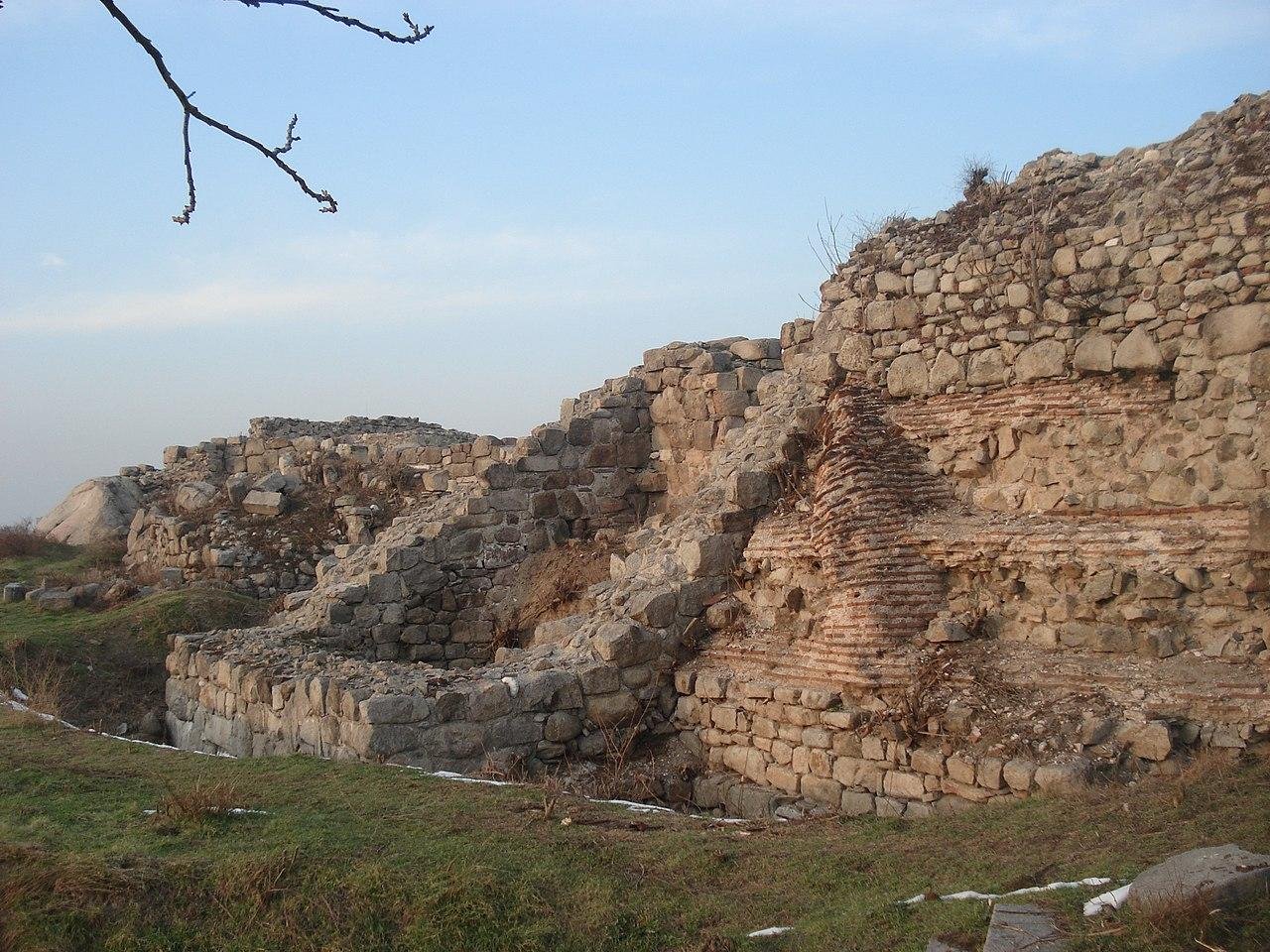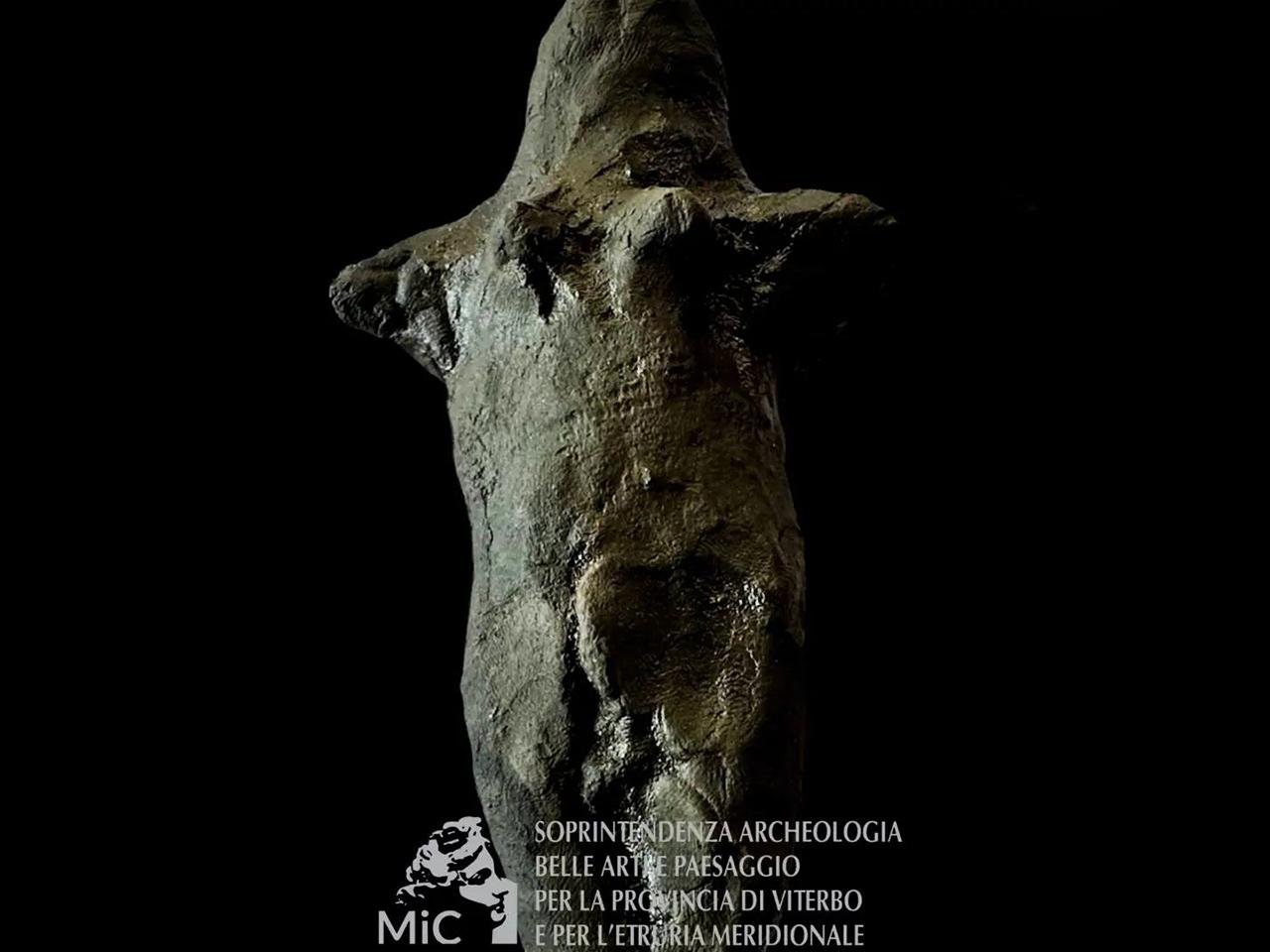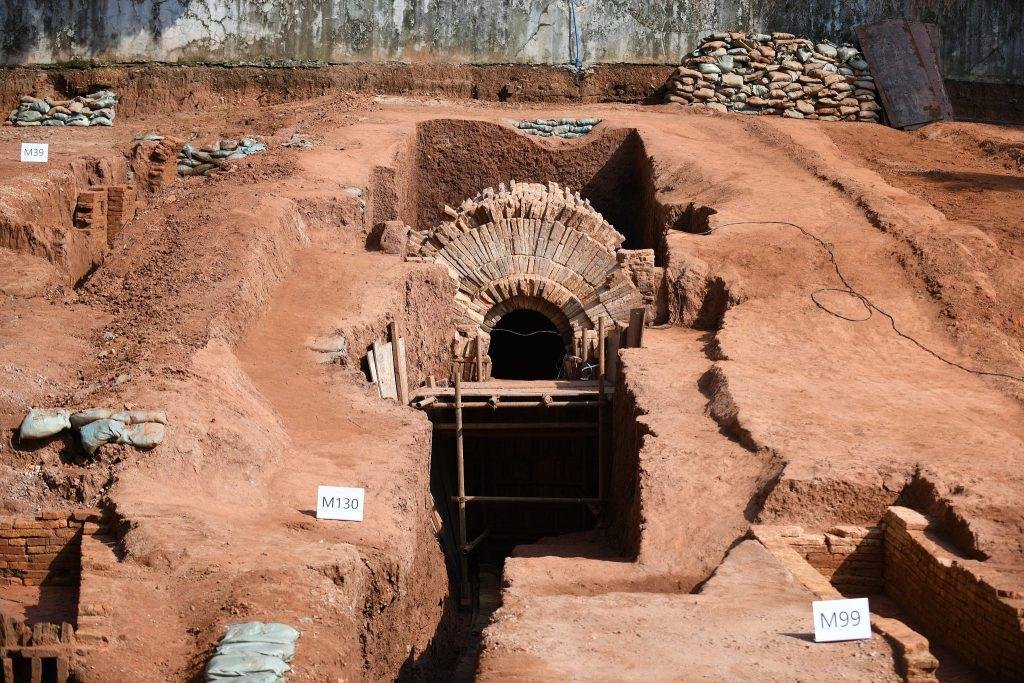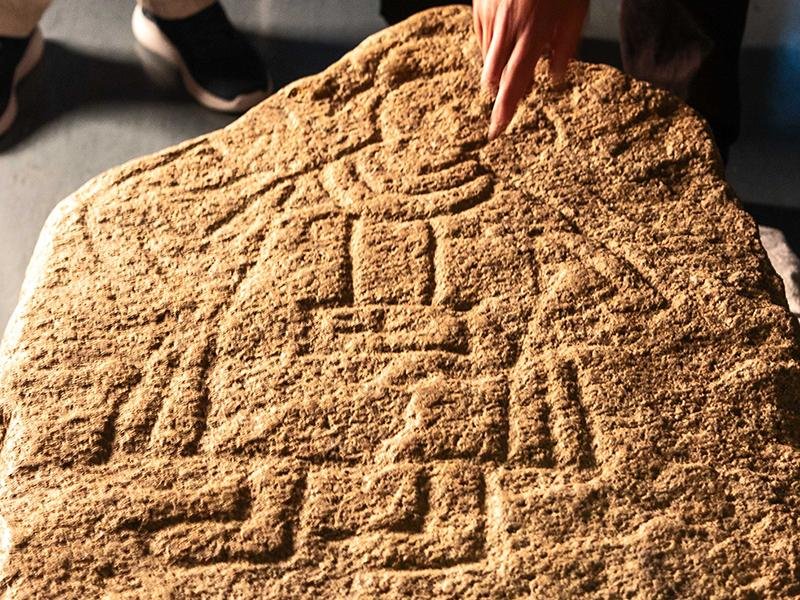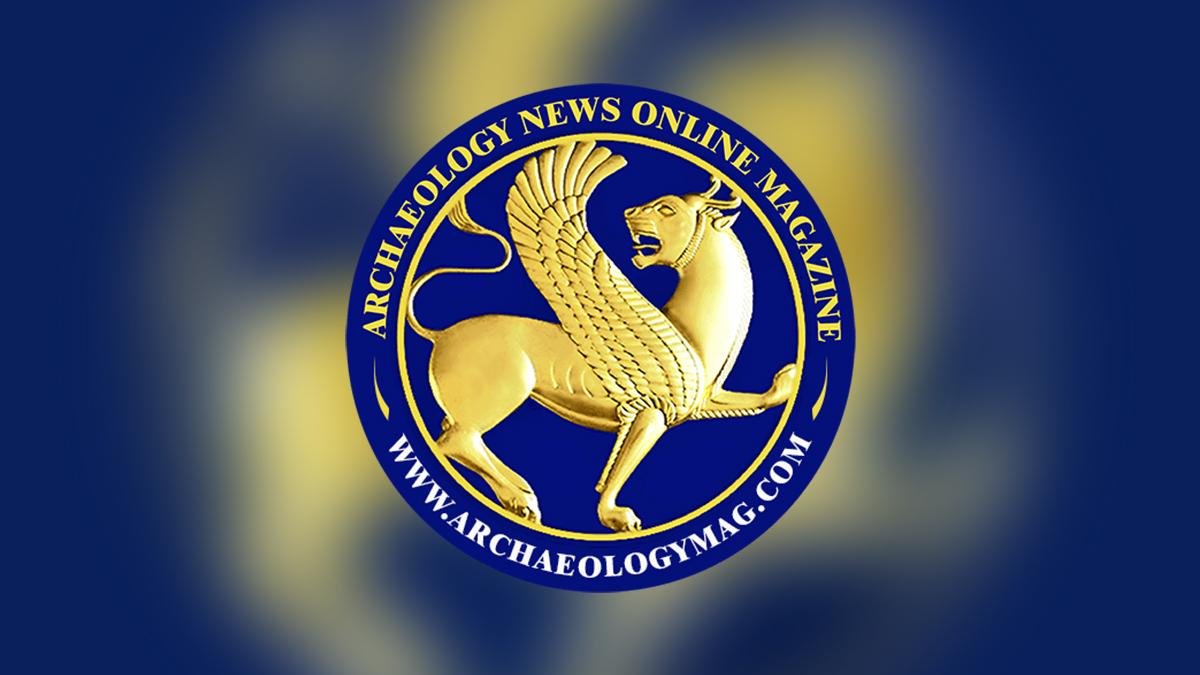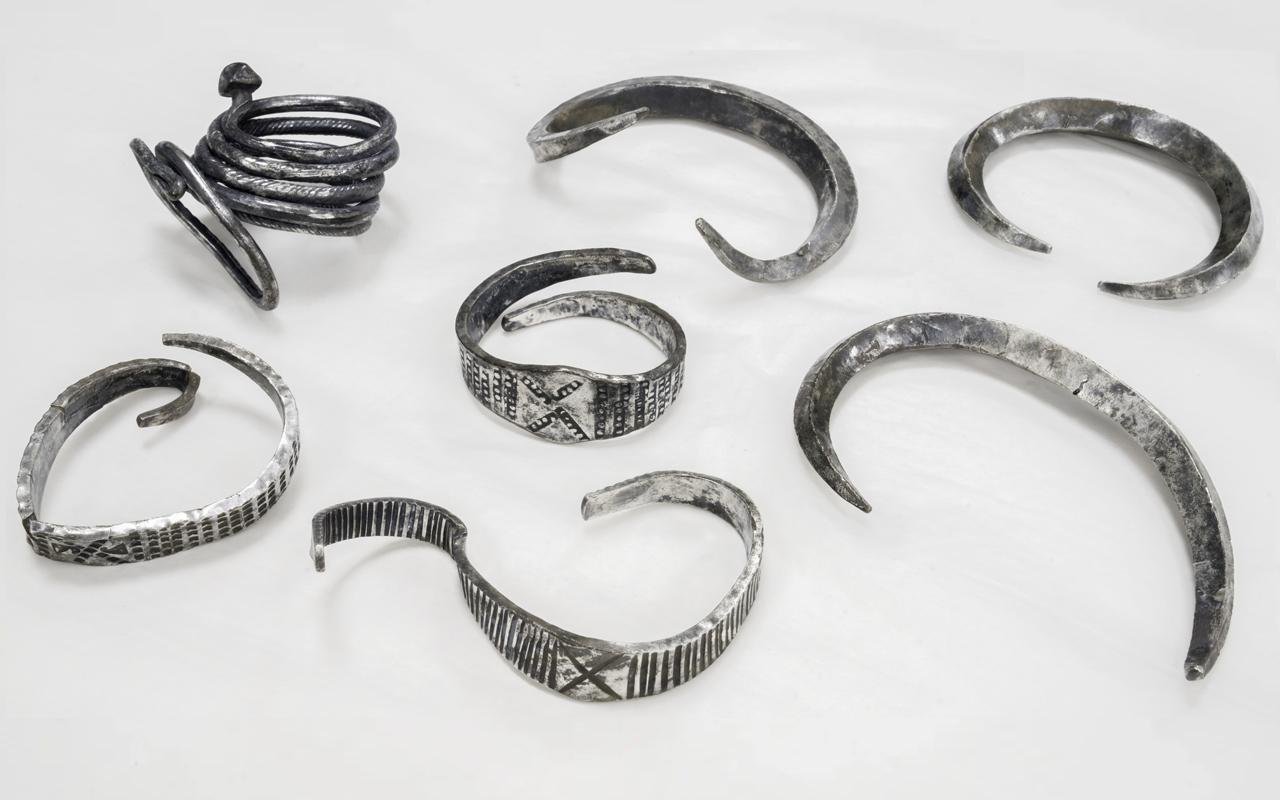A restoration project at Egypt’s Edfu Temple has uncovered the original vibrant colors of the temple’s interior carvings.
This initiative, led by a joint Egyptian-German archaeological team from the Supreme Council of Antiquities (SCA) and the University of Würzburg, Germany, began in 2021. Funded by the Gerda Henkel Foundation, the project is focused on cleaning and restoring the temple’s roof, walls, and sacred inner chambers, specifically those dedicated to the falcon god Horus.
Edfu Temple, located on the west bank of the Nile in Upper Egypt, was constructed during the Ptolemaic period. The temple was built over nearly two centuries, with its construction starting during the reign of Ptolemy III Euergetes (246–222 BCE) and completed under Ptolemy XII Auletes in 57 BCE. The structure is among the best-preserved temples in Egypt, notable for its richly detailed inscriptions that offer valuable insights into ancient Egyptian language, mythology, and religious practices.
The restoration efforts have revealed vivid scenes and inscriptions that had been concealed for centuries under layers of dirt, bird droppings, soot, and salt deposits. The project has also uncovered previously unseen hieroglyphic texts and demotic inscriptions. One such text describes the priests’ entry into the Holy of Holies, a sacred inner chamber of the temple, which is an unusual find in this part of the structure. Typically, personal writings were found in outer sections of temples or near entrances, but not in the Holy of Holies itself.
Minister of Tourism and Antiquities Sherif Fathy praised the efforts of the Egyptian and German teams, highlighting the painstaking process of removing centuries of debris to restore the temple to its original splendor. He said, acknowledging the vital role the restorers have played in preserving Egypt’s rich cultural heritage.
According to Mohamed Ismail Khaled, Secretary-General of the Supreme Council of Antiquities, the restoration aims not only to clean the walls but also to stabilize and document the temple’s inscriptions and artwork digitally. This digital documentation will offer more accurate translations and studies than those previously available. Khaled also pointed out that the discovery of remnants of gilded copper sheets on the temple’s upper walls suggests that parts of the temple were once adorned with thick metal foils, which enhanced the visual and symbolic significance of the religious space.
Among the most striking finds were traces of gold gilding on carvings that depict deities, royal insignia, and jewelry. Martin A. Stadler, the project’s director and an Egyptology professor at the Julius-Maximilian University of Würzburg, noted that the uncovered colors add more depth to the intricate scenes. “In the painting, we are capturing an ancient quality management,” Stadler remarked, explaining that the use of color often corrected inaccuracies in the stone carvings.
Victoria Altmann-Wendling, a project manager and researcher at the University of Würzburg, said, “The fact that the gods were completely gilded is particularly interesting. We find this in the textual sources that describe the flesh of the gods as consisting of gold,” she said, adding that the sunlight shining on the gilded surfaces would have created an impressive, mystical atmosphere in the temple.
The restoration of the Edfu Temple is a critical endeavor not only in preserving a unique monument of ancient Egyptian religion and architecture but also in enhancing our understanding of the religious practices and beliefs of the Ptolemaic period. The temple, spanning 137 meters in length and 76 meters in width, stands as a marvel of ancient engineering and design, with its towering walls and intricate carvings.
